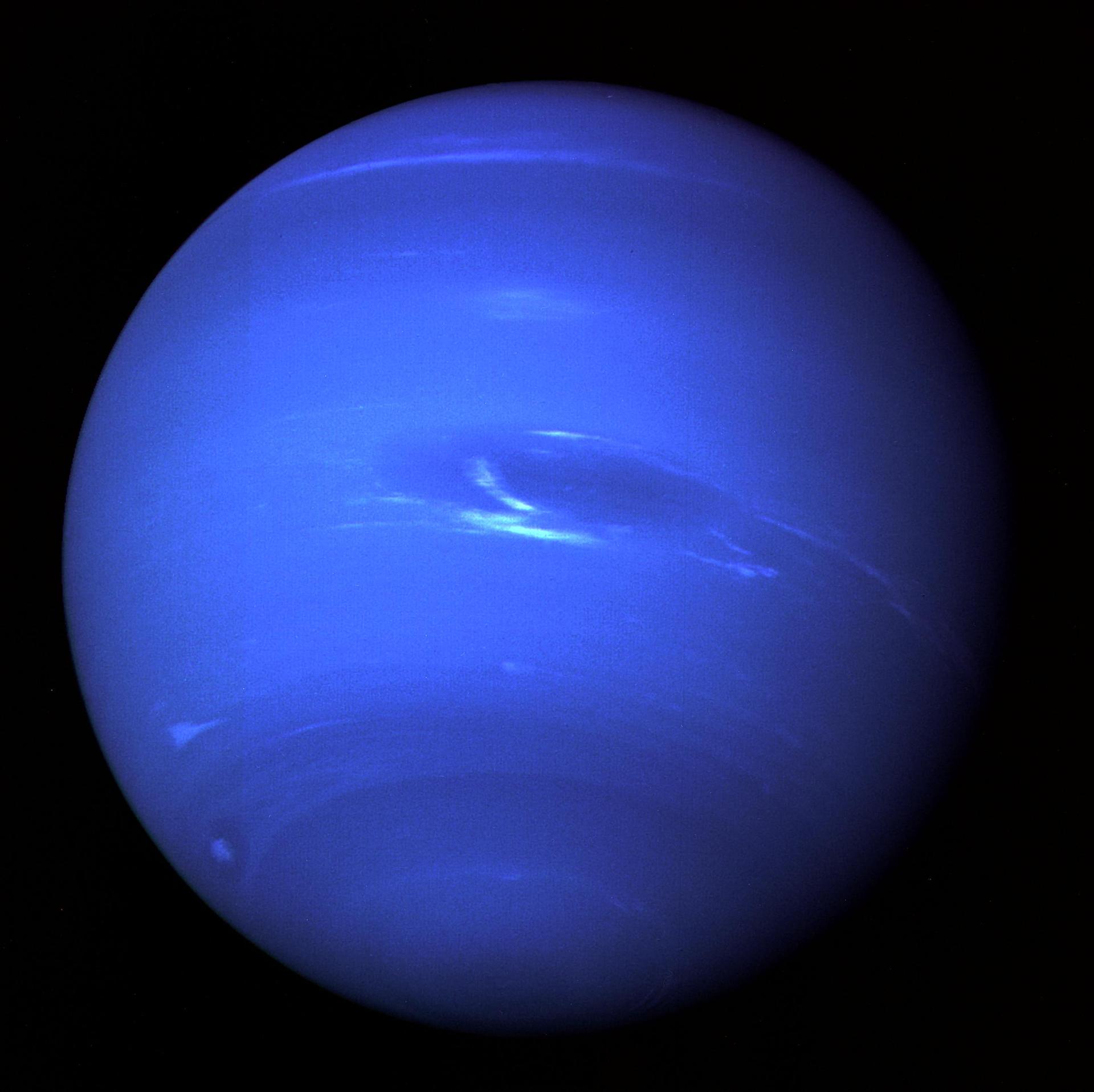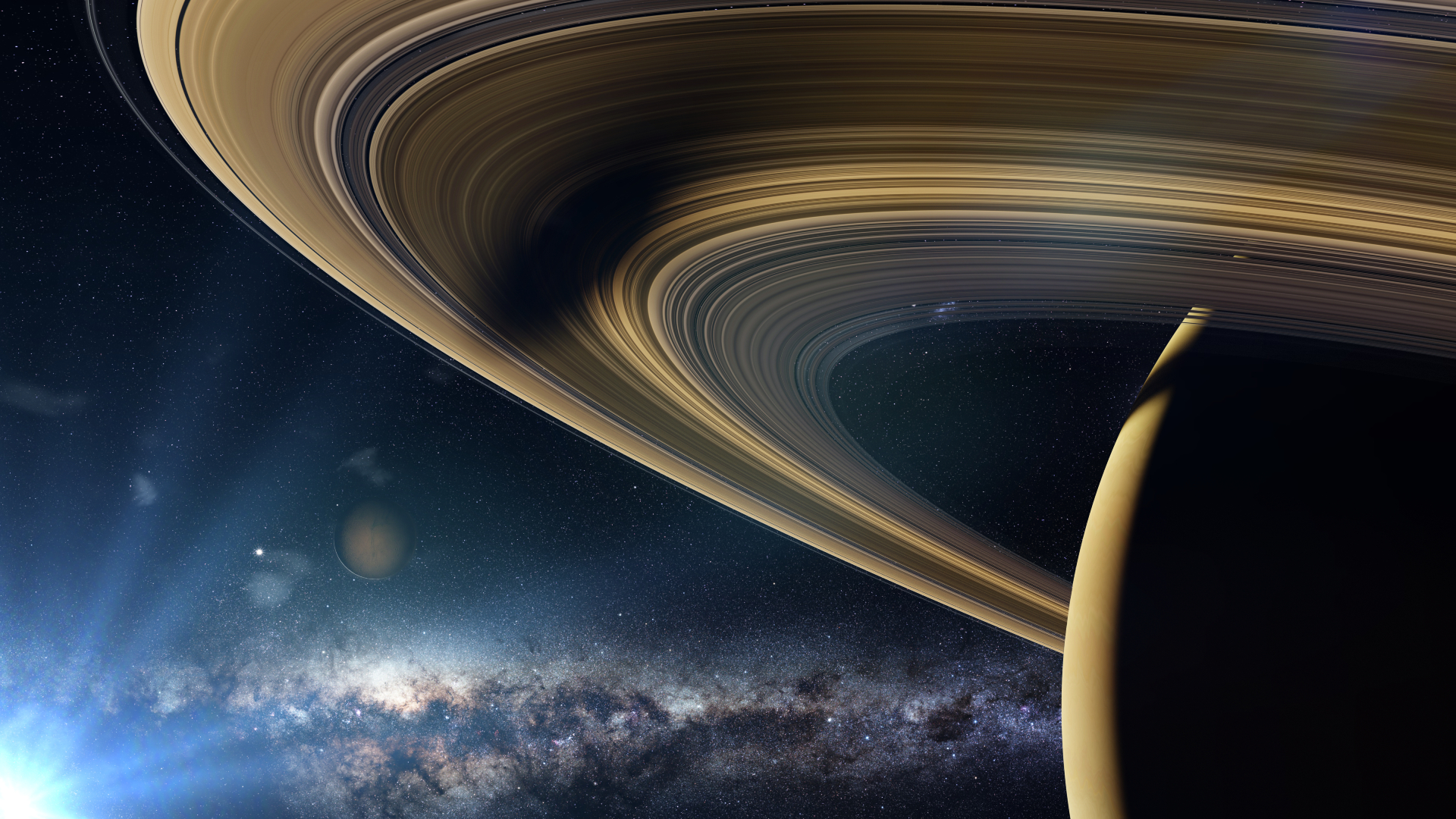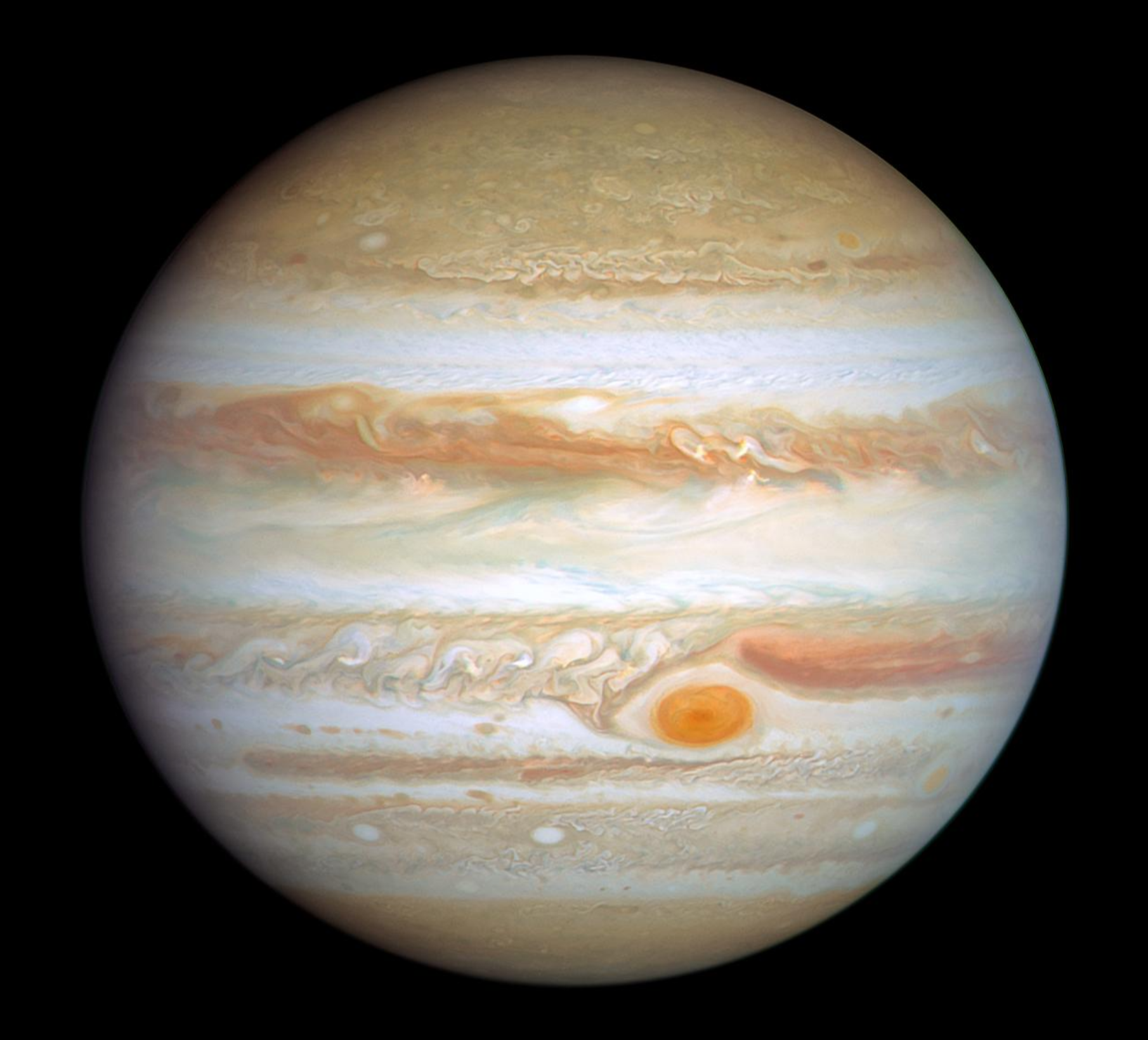Table of Contents
Hidden in the Heavens: Ancient Eyes on the Sky
Long before modern science, ancient civilizations developed rich systems of astronomy based solely on what they could see. With only the unaided eye, they identified five moving “stars”—Mercury, Venus, Mars, Jupiter, and Saturn—distinguishable by their wandering motion among the fixed stars. These celestial bodies held religious and astrological significance across empires. The Babylonians meticulously tracked planetary motion, while the Greeks crafted complex geocentric models. For them, anything beyond Saturn was unknowable. The existence of Pluto, too dim and distant to be seen, lay beyond their reach. But their deep curiosity sparked the development of astronomical thought that, centuries later, would make Pluto’s discovery possible.
Although their tools were primitive by today’s standards, ancient astronomers set a foundation that shaped our understanding of the cosmos. The discovery of Uranus in 1781 broke the long-standing belief that Saturn marked the solar system’s edge. Decades later, Neptune was found not through sight but through calculations—its pull on Uranus hinted at another unseen object. These breakthroughs proved celestial bodies could be detected through logic and mathematics. This shift in thinking inspired the hunt for Planet X, believed to influence Neptune’s orbit. That same search, driven by persistent human curiosity, would eventually uncover Pluto, proving that even invisible corners of the sky could reveal extraordinary secrets.
A Young Astronomer’s Breakthrough
In 1930, Clyde Tombaugh made history at just 24 years old. Tasked with continuing the search for the mysterious “Planet X,” Tombaugh used a method called blink comparison to spot a moving object on photographic plates taken days apart. This faint speck, seen shifting position while stars remained fixed, became the most significant find of his career. Working from Lowell Observatory in Arizona, Tombaugh’s meticulous effort paid off when he identified what would later be confirmed as a new celestial body. This object, later named Pluto, marked one of the first major planetary discoveries in the 20th century and ignited worldwide interest in outer solar system exploration.
The naming of the object was as noteworthy as its discovery. Venetia Burney, an 11-year-old from Oxford, England, proposed naming it after the Roman god of the underworld. The observatory team agreed, appreciating not only the mythological connection but also how the first two letters, “PL,” paid tribute to Percival Lowell, who initiated the search. With this, Pluto gained both a name and a legacy. The excitement surrounding its identification was immense, with newspapers around the globe heralding the discovery. Although it would later be understood that Pluto did not influence Neptune’s orbit, the moment marked a turning point in astronomy, proving the effectiveness of patient observation and photographic evidence in discovering distant worlds.
Unraveling a Celestial Mystery
Following its discovery, scientists faced significant challenges studying the distant, dim object. Limited by the technology of the time, early astronomers could only make rough guesses about its size and mass. Some believed it rivaled Earth, while others assumed it was only slightly smaller. As instruments improved, estimates were corrected dramatically. The true size turned out to be just 1,476 miles across—smaller than our Moon. This realization raised questions about how such a small body could have been considered a full planet. Despite its modest scale, Pluto fascinated researchers, pushing the limits of observation and redefining how scientists approached planetary classification.
Astronomers soon realized that this new object behaved differently than any known planet. Its orbit was not circular but stretched into an elongated ellipse. At times, it even crossed inside Neptune’s path, making it the eighth planet from the Sun for a brief 20-year period between 1979 and 1999. Even more unusual was its orbital tilt—17 degrees off the solar system’s flat plane, far greater than that of any other planet. These oddities prompted a growing belief that Pluto didn’t fit the mold of a traditional planet. Instead, scientists theorized it could be part of a wider population of distant, icy bodies, setting the stage for new discoveries to come.
The Kuiper Belt Connection
The identification of a distant, icy zone beyond Neptune in the 1990s reshaped how astronomers viewed the outer solar system. Known as the Kuiper Belt, this region spans from about 30 to 50 astronomical units from the Sun and contains thousands of frozen bodies. These objects range in size and composition, with many composed of rock, methane, and water ice. The first object recognized in this belt was Pluto, but subsequent discoveries proved it was not unique. Bodies such as Haumea and Makemake shared similar traits, leading scientists to consider that Pluto might be one member of a much larger, long-overlooked population of distant solar system objects.
Among the most significant findings was Eris, discovered in 2005. Eris was found to be slightly more massive than Pluto, prompting astronomers to reconsider what qualifies as a planet. These discoveries suggested that the Kuiper Belt was not just a region of debris but a complex zone of mini-worlds. Scientists now view it as a fossilized remnant of the early solar system, composed of material that never merged into full-fledged planets. The realization that Pluto was merely one of many Kuiper Belt Objects shifted scientific focus from its individual status to the broader category it belonged to, ultimately changing how we define and classify celestial bodies.
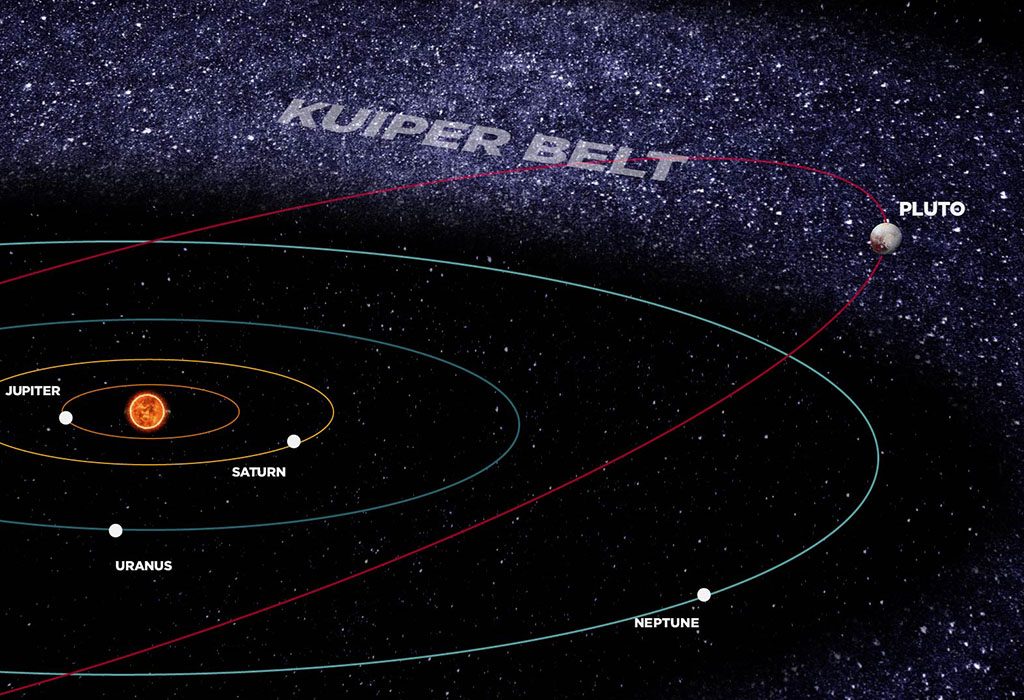
Redefining What It Means to Be a Planet
In 2006, the International Astronomical Union established new criteria to clarify what defines a planet. According to their resolution, a celestial body must orbit the Sun, be massive enough for gravity to shape it into a sphere, and clear its orbital path of other objects. This third condition became the most controversial. Many bodies, especially in distant regions like the Kuiper Belt, share space with other objects, including Pluto. As a result, Pluto failed to meet the full definition and was reclassified as a “dwarf planet.” This marked a significant change in how planetary status is determined and sparked global interest in scientific classification systems.
The decision ignited passionate debate both in and out of the scientific community. Educators, students, and astronomers voiced strong opinions, some defending the change and others criticizing it as arbitrary. Critics argued that the “clearing the orbit” requirement unfairly targeted smaller, more distant bodies. Supporters believed the new standard brought clarity to a growing list of discovered objects. Pluto, once hailed as the ninth planet, now became the most famous member of a newly defined category. While the term “dwarf planet” entered textbooks and classrooms, discussions about revising or expanding the definition of a planet continue. This moment demonstrated how scientific understanding is not fixed but evolves with new discoveries and perspectives.
Layers Beneath the Ice
Though small, this distant world has a surprisingly complex structure hidden beneath its frozen surface. Its internal composition is estimated to be around 70% rock and 30% ice, making it denser than many other icy bodies in the solar system. The interior is believed to be layered, with a rocky core at the center surrounded by a thick mantle of water ice. Above that lies a crust composed of nitrogen, methane, and carbon monoxide ices. This layered configuration is what scientists refer to as a differentiated interior. Such complexity in a small body like Pluto challenges earlier assumptions that only larger planets could exhibit geological layering and internal separation.
Recent data has also led scientists to speculate that a subsurface ocean might exist beneath its icy exterior. This liquid water layer, if present, would be trapped between the rocky core and the outer ice shell. While surface temperatures average a frigid -375°F (-225°C), internal heat from radioactive elements may keep parts of this ocean from freezing. Pluto’s terrain adds more intrigue—towering water-ice mountains, smooth nitrogen plains, and slow-moving glaciers all hint at ongoing internal activity. Its reddish-brown hue is thought to result from tholins, complex hydrocarbons formed when ultraviolet light and solar radiation interact with methane. Altogether, Pluto exhibits remarkable geological variety for such a distant, frozen body.
Atmosphere and Climate
This distant world possesses an incredibly thin but fascinating atmosphere composed mostly of nitrogen, with minor amounts of methane and carbon monoxide. Despite its weakness, this atmosphere is capable of producing dynamic effects. When the object travels closer to the Sun in its elliptical orbit, surface ices heat up and sublimate, turning directly into gas. This process creates a temporary yet active atmosphere that can rise to impressive altitudes. Scientists have observed haze layers extending up to 100 miles above the surface, revealing complex interactions between sunlight and icy materials. Pluto demonstrates that even the thinnest atmospheres can shape a world’s behavior in surprising and meaningful ways.
When it drifts farther from the Sun, extreme cold causes the atmosphere to collapse. The gaseous nitrogen and methane refreeze, falling back to the surface like snow and leaving the body temporarily airless. This unique atmospheric cycle of appearing and vanishing is not observed on any of the larger planets. Instead of maintaining a steady climate, Pluto experiences profound seasonal shifts as it travels along its elongated orbit. These patterns affect surface pressure, temperature, and even appearance. While not robust, the atmosphere is far from insignificant. It adds a layer of complexity to Pluto’s environment, hinting at active surface processes and long-term climate behavior across its distant, frozen orbit.
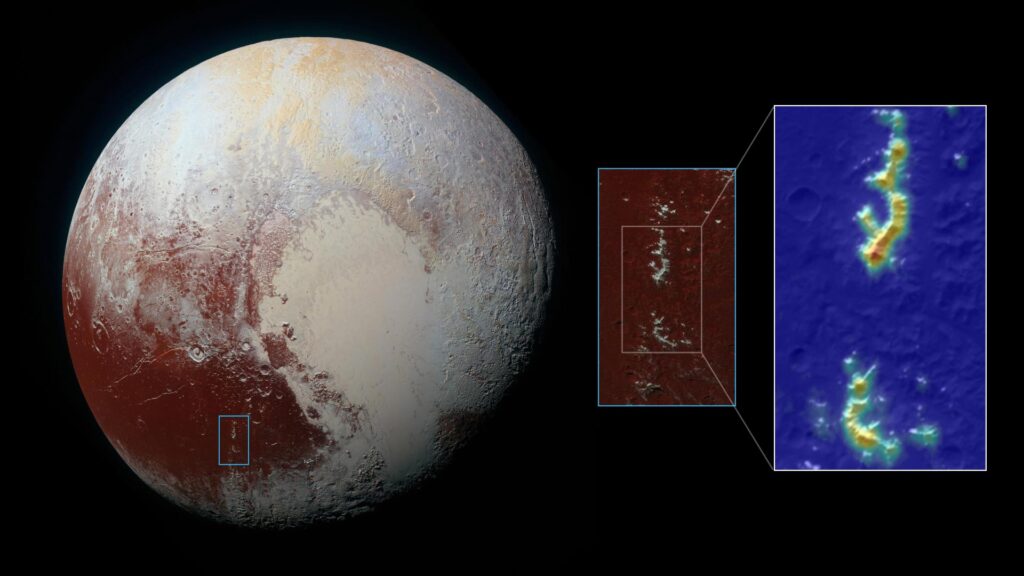
A Binary Dance in the Outer Solar System
Unlike most planets with moons that orbit around them, this system features an unusual gravitational relationship. The largest moon, Charon, is nearly half the diameter of the primary body, making their gravitational balance unique. Instead of Charon circling around a central mass, both objects orbit a shared point in space located outside the surface of the larger body. This dynamic qualifies the pair as a binary system. Discovered in 1978, Charon boasts a surface of solid water ice, deep canyons, and geological features suggesting internal activity in the past. Its size and structure have made it an important companion in the study of Pluto and its surrounding space.
Beyond Charon, four smaller moons—Nix, Hydra, Kerberos, and Styx—were identified through space telescope imagery between 2005 and 2012. These satellites are far smaller and irregularly shaped, likely shaped by the aftermath of a massive impact. Their orbits are highly eccentric and unstable compared to those of larger moon systems. The entire setup points to a violent formation event, where an early collision scattered debris that later coalesced into moons. Pluto’s gravitational influence continues to affect these bodies, keeping them in motion but not always in perfect order. Together, this collection of moons offers valuable insights into collision-based satellite formation and binary orbital mechanics.
A Historic Mission Across the Solar System
Launched in 2006, NASA’s New Horizons spacecraft was designed to explore the outer reaches of our solar system. It traveled over three billion miles in nine and a half years before making its closest approach to a distant, icy world on July 14, 2015. During the high-speed flyby, the probe captured stunning images and collected valuable data that had never been seen before. Detailed views showed vast nitrogen plains, rugged mountain ranges of water ice, and a now-iconic heart-shaped region. For the first time, Pluto was revealed not as a blurry dot, but as a richly detailed, geologically active body, captivating both scientists and the public.
New Horizons also uncovered complex atmospheric features including faint haze layers and evidence of glacial movement, surprising scientists who expected a frozen, inert world. Signs of ancient tectonic activity suggested internal heat and geological processes far more dynamic than anticipated. Instruments aboard the spacecraft also collected data on the dwarf planet’s surface composition, temperature, and interaction with solar wind. After completing its primary mission at Pluto, New Horizons continued its journey deeper into the Kuiper Belt, eventually conducting a successful flyby of the object Arrokoth in 2019. The mission transformed our understanding of Pluto and demonstrated that even the most remote solar system bodies hold valuable scientific secrets.
A Relic from the Solar System’s Youth
Roughly 4.5 billion years ago, the solar system was a chaotic place filled with dust, ice, and rock clumping together under gravity. In the cold, distant reaches beyond the giant planets, small bodies began to form from this swirling debris. One such object, Pluto, likely emerged from repeated collisions and mergers of icy fragments. Unlike Jupiter or Saturn, which gained thick atmospheres, this smaller body never amassed enough mass to do so. Early in its life, it may have experienced intense impacts—including a major collision believed to have formed its largest moon, Charon. These early events set the stage for Pluto’s unique place in the solar system.
Scientists think this small world once had enough internal heat, generated by radioactive decay, to partially melt its interior and possibly form a liquid subsurface ocean. As time passed, gravitational nudges from Neptune may have shifted its orbit, pulling it into the elongated, tilted path we observe today. These orbital changes added to its uniqueness, separating it from the classical planets. Because it has undergone little alteration compared to larger, geologically active worlds, Pluto is often referred to as a “fossil” of solar system formation. Its composition and motion offer clues about the ancient processes that shaped the planets and smaller bodies that orbit our Sun.
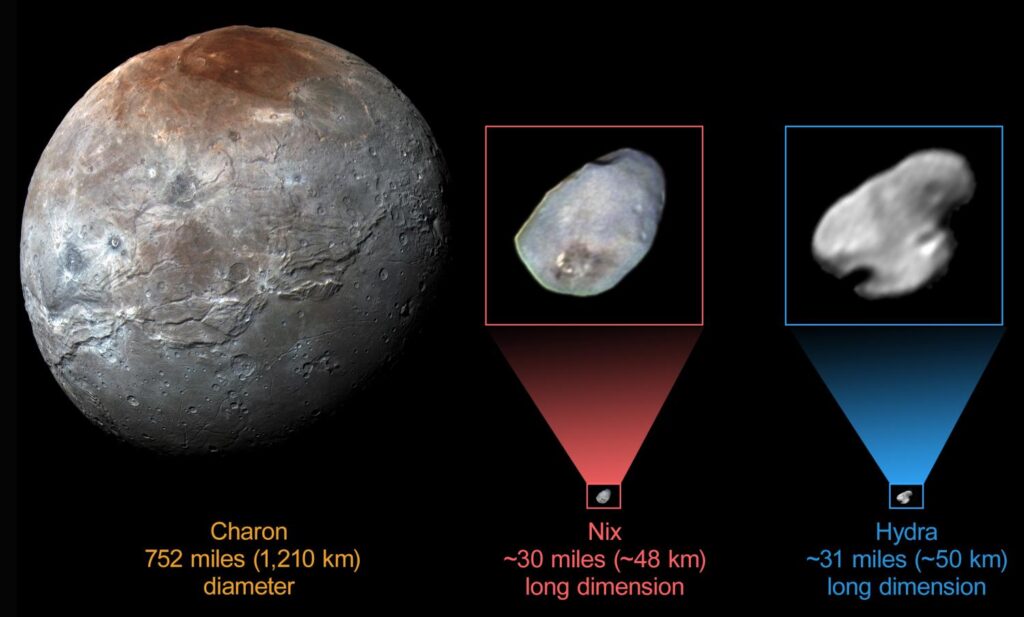
Unusual Rhythms and Pop Culture Fame
This distant object doesn’t follow the typical planetary playbook. A single day lasts about 6.4 Earth days due to its slow rotation, and it takes an incredible 248 Earth years to complete just one orbit around the Sun. Despite its remoteness, it has captured the public’s imagination—partly because of its shared name with a beloved Disney dog, though the canine was named after the planet. Surface pressure is astonishingly low, even less than Earth’s stratosphere, yet there are still signs of weather. Pluto, although small, has demonstrated that even minor worlds can hold significant charm and scientific interest in both data and pop culture alike.
One of its most captivating surface features is the bright, heart-shaped region known as Tombaugh Regio. This area isn’t just visually striking—it plays a role in shaping local climate patterns by channeling wind and acting as a thermal control zone. Another quirk is its retrograde rotation; it spins in the opposite direction of most planets in the solar system. While some planets boast impressive ring systems, this body has none that are visible so far, though astronomers continue scanning for any faint ring-like material. Pluto’s small size and distant orbit haven’t made it any less fascinating—it remains packed with mysteries and standout characteristics that continue to surprise researchers.
A Status Still Under Review
Though it lost its formal planetary title in 2006, the classification debate is far from settled. Many scientists and space enthusiasts continue to challenge the criteria that led to its redefinition. Figures like Alan Stern, who led the New Horizons mission, advocate for a broader definition that considers geological activity and complexity—not just orbital dynamics. In 2017, a NASA-led team proposed that any body with enough self-gravity to be round should be called a planet. This new standard would reinstate Pluto and recognize many other celestial bodies as planets. The conversation remains active, reflecting how scientific definitions can evolve with new discoveries and changing perspectives.
Beyond academic circles, public interest in this icy world hasn’t faded. Its demotion sparked emotional responses and ignited debates in classrooms, media, and online communities. Future missions are now being considered that could go beyond flybys—possibly including orbiters or even landers—to study its terrain and interior more closely. Pluto has become a symbol of perseverance and curiosity, admired not only for its scientific value but for the way it challenges our understanding of the solar system. Despite its small size and distant orbit, Pluto continues to earn respect as a dynamic, data-rich world, keeping it at the forefront of exploration and ongoing planetary debate.
How useful was this post?
Click on a star to rate it!
Average rating / 5. Vote count:
No votes so far! Be the first to rate this post.
Author
-
Meet Dr. Kendall Gregory, a highly accomplished professional with a remarkable academic background and a deep passion for empowering individuals through knowledge. Dr. Gregory’s educational journey began with a Bachelor of Science degree, followed by a Doctor of Chiropractic Medicine, focusing on diagnosing and treating musculoskeletal conditions. He further expanded his expertise with a Master's degree in Oriental Medicine, specializing in acupuncture and Chinese herbology, and a Master's degree in Health Care Administration, emphasizing his dedication to improving healthcare systems. Dr. Gregory combines his extensive knowledge and practical experience to provide comprehensive and integrative healthcare solutions. Through his writings, he aims to inspire individuals to take charge of their health and make informed decisions.
View all posts

